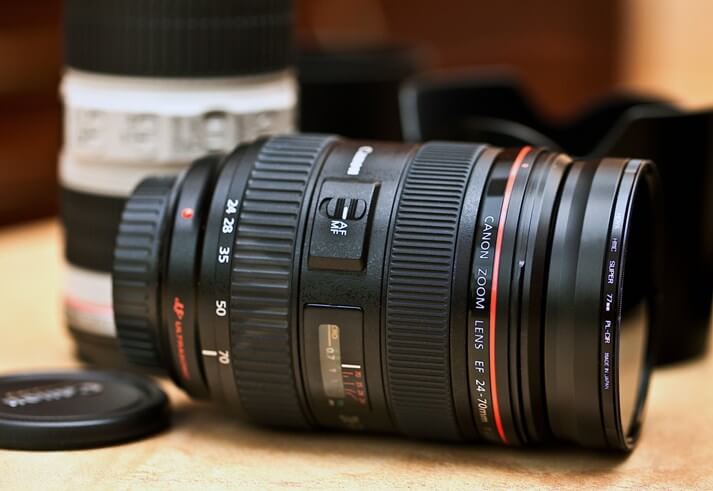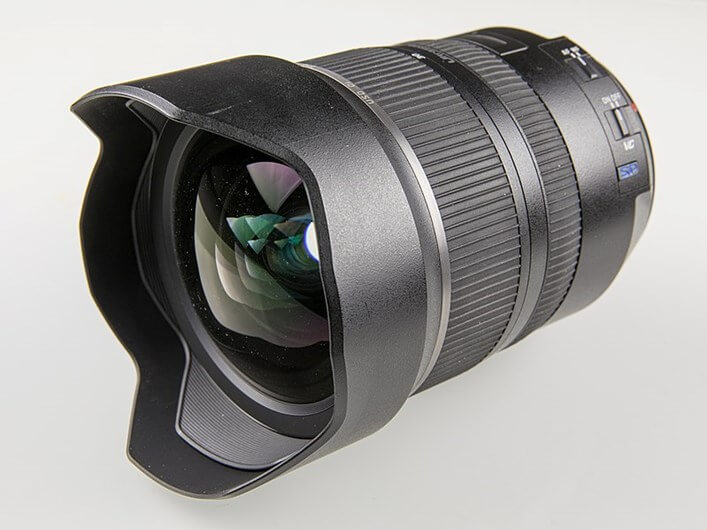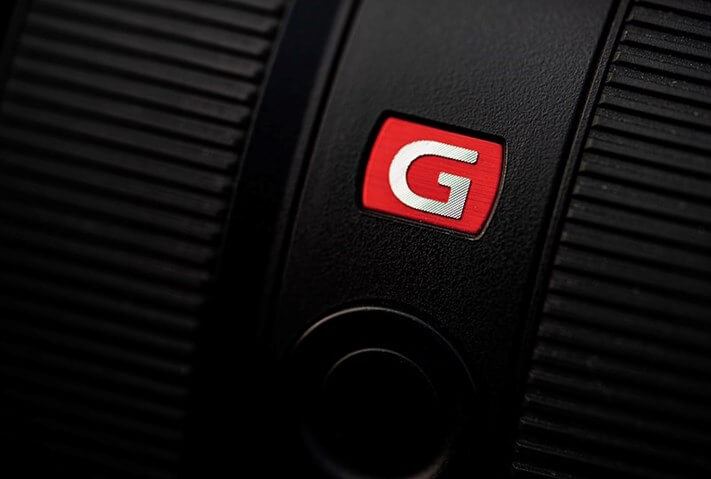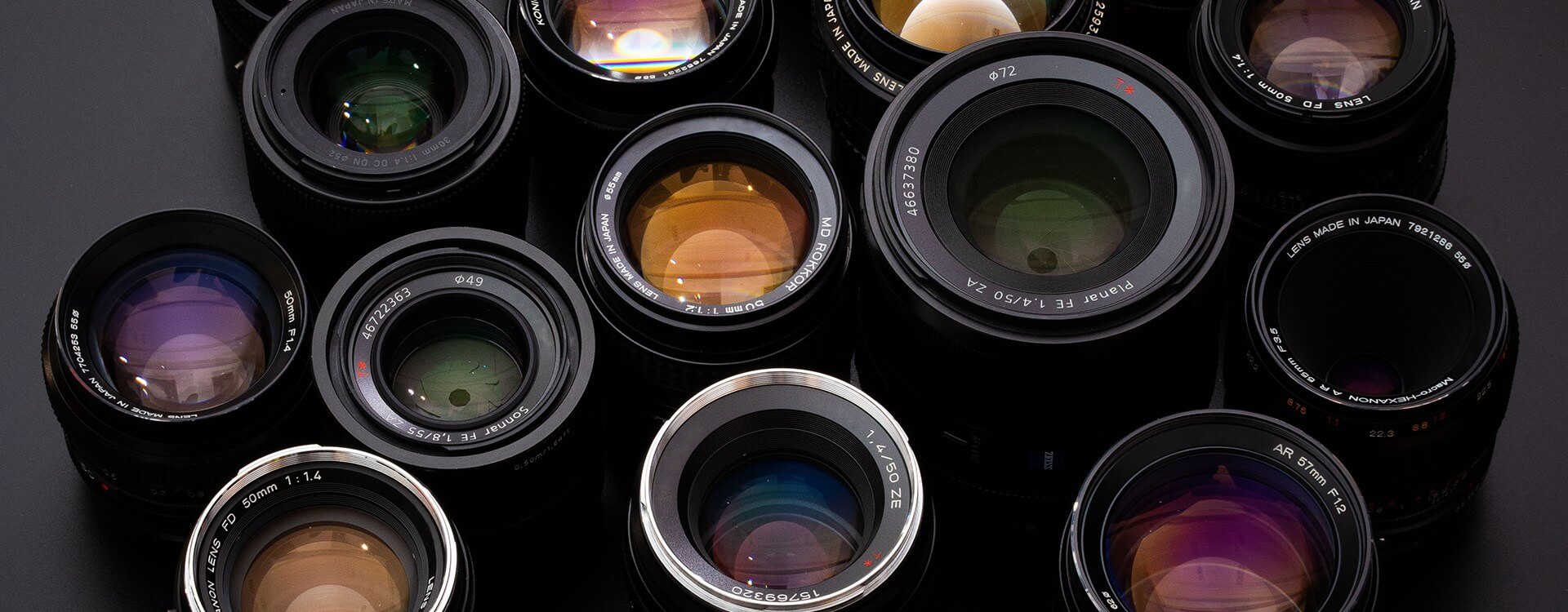Highlights
Table of Contents
Explore article topics
For some filmmakers and videographers, the idea of having a zoom lens in their kit isn’t exactly fashionable. Many video creators quite simply want prime lenses to have quality glass for their most desirable focal lengths, like 24mm, 35mm, Nifty 50, 85mm and beyond.
Yes, most video creators would want all of their favorite prime focal lengths in an ideal world. But there are several very legitimate arguments for having a zoom lens in your cinematic arsenal.
After first describing the landscape of zoom lenses, we’ll talk a bit about why video content creators, filmmakers and even recreational videographers might want a zoom lens. We’ll also talk about some of the best zoom lenses out there, from budget options to top-of-the-line glass, and talk a bit about how to best optimize for your video or film needs.
What is a zoom lens?
For the novice video creators reading this article, you’ve probably guessed by now that a zoom lens offers the filmmaker or camera operator a number of useful focal lengths in 1 single package. Before we discuss the zoom lens at length, it’s probably best to have a quick discussion of focal length. It will help us better understand what separates zoom and prime lenses.
Focal length describes the distance, in millimeters, from the lens’ optical center and the camera sensor’s (otherwise called the “film plane”). A 35mm prime lens, for instance, has a focal length of 35 mm. On a more practical level, focal length lets a camera operator know how much of a scene the lens can capture. This is called the “angle of view.”

For instance, a 20mm prime lens will have a significantly larger (or wider) angle of view than a 50mm prime or a telephoto lens (80mm and up). So, whenever you’re thinking of getting a new prime lens, which is seen as a more cinematic camera lens compared to zoom, you’re really making a decision about how much of a scene you want to capture.
A zoom lens, on the other hand, allows you to move from a wide-angle 20mm focal length to an 80mm telephoto focal length by zooming in and out. Zoom lens will be indicated on the lens body by its shortest and longest focal lengths, like 24-70mm or 18-35mm. For this reason, it’s an excellent option for filmmakers who don’t want to spend a ton of money on glass but want focal length versatility.
This type of manual zoom lens is also called “optical zoom”. When you buy a camera, you will often find a zoom packaged with the camera body as the “kit lens“. There are other types of zoom, most typically a digital zoom found on smartphones and certain non-DSLR digital cameras.
Why use a zoom lens?
There are several reasons why video creators and filmmakers might opt for a zoom lens over a kit of prime lenses. There is no great right or wrong in choosing glass, but here are some advantages that come with zoom lenses.
Versatility
As we noted at the end of the last section, a zoom lens is very much about versatility. A range of focal lengths are available to video creators, and they can find the zoom that best fits their needs.
For example, a videographer might want a zoom lens with an ultra-wide-angle focal length, so they look for something like an 18mm on the shortest focal length and a 50mm (“Nifty 50”) option for the longest. The zoom they’d be looking for would be 18-50mm. By contrast, if they want a telephoto option, they will have to find a zoom that has at least an 85mm focal length on the long end.

Image by Raimond Spekking / CC BY-SA 4.0
Budget-friendly
Beyond versatility, a zoom lens can be a good budget option for video creators and filmmakers. Sure, some zoom lenses can get quite expensive, but even one zoom lens is often more cost-effective than a collection of prime lenses that would meet all of the same focal length requirements.
Great portability
One other upside that isn’t talked about enough is that zoom lenses make your camera rig highly portable. With just one lens and a camera body, you can reduce the amount of gear for a shoot, keeping transportation and setup light and fast—an excellent option for travel vloggers.
Timesaver
Similarly, with just one zoom lens, a director or camera operator can save a lot of time during a shoot. The reason for this is you won’t have to swap out and calibrate a bunch of prime lenses throughout the shoot. Of course, there is nothing wrong with swapping out prime lenses during a video or film shoot, but some video creators really enjoy keeping shooting simple and streamlined.
Get unlimited royalty-free 4K footage
Zoom lenses for every budget and camera
As we noted above, there are zoom lenses for pretty much every budget. One thing to keep in mind is that a camera brand will dictate options. For instance, if you have a Sony but want to use a Canon lens, you will need an adapter. Other lens makers will have zoom lenses for several camera brands.
The key is to do your research before impulsively buying a zoom lens, and that means knowing which zoom lens options work for your mirrorless or DSLR camera.
Sony, for instance, has a range of zoom lenses, from mid-range budget options like the 24-70mm f/4 to its FE 24-70mm f/2.8 GM Lens and many in between. The same is true of lens-makers like Canon, Tamron, Rokinon/Samyang, and Sigma, among others. Generally speaking, Rokinon zoom lenses are more affordable than Sigma zoom lenses, which feature better construction and more advanced optics.

Image by Brian Eager CC-BY-2.0
If you’re committed to shooting videos with a smartphone, many excellent smartphone camera accessories are out there; a zoom lens for an iPhone is one such option. With that said, an optical zoom lens for a proper camera will ultimately be the better option.
Before committing yourself to a zoom lens, it might be worthwhile to rent a few. You could rent zoom lenses from different brands at similar price points or check out a lens maker’s range of zooms. By renting and trying out zoom lenses, you will quickly get an idea of what works best for you, from optics to functionality, weight and so on. And it doesn’t hurt to seek out opinions on forums or from video creators on social media or even at a camera store.
If you visit a camera store for opinions, just know that they will probably favor a particular lens brand, which they will try to sell to you. Simply tell them that you want to know about all of the zoom lenses they have in stock, both new and used. Listen, then make an informed choice.
Putting things in frame
If you were already thinking about getting a zoom lens, or are now considering one after reading this article, remember that there are several reasons to go this route. Zoom lenses are versatile, budget-friendly, highly portable and can save you time on a video/film shoot. These are the main advantages that a zoom lens gives you over a kit full of prime lenses. You may find that there are other benefits, like the ease of use or the ability to capture scenes in various focal lengths in a run-and-gun style of shooting.
In trying to find the right zoom for your camera body and videography or filmmaking style, don’t rush. You can rent zoom lenses and find the right fit. And don’t be afraid to get opinions on the best zoom lens options for your camera. The Internet, especially YouTube videos and social media, will quickly become your friends in your zoom lens search.
Once you’ve got your zoom, practice shooting with it at its various focal lengths, play with light, whether natural or studio lights, and even use camera filters to get different looks for your footage.
Share this article
Did you find this article useful?
Related Posts
- By Tim McGlinchey
- 25 MIN READ
- By Alice Austin
- 5 MIN READ
- By Stefan Mitrovic
- 6 MIN READ
Latest Posts
- 25 Apr
- By Josh Edwards
- 4 MIN READ
